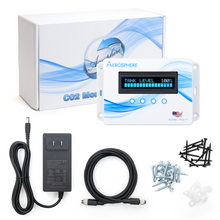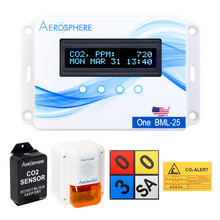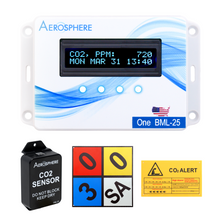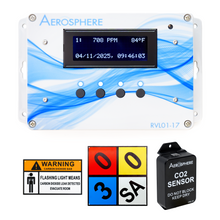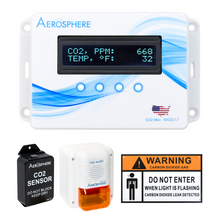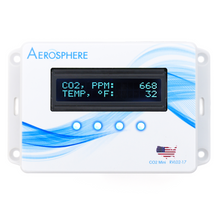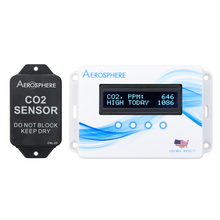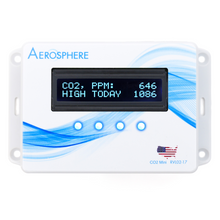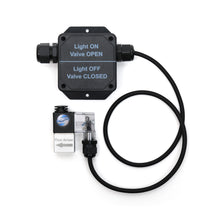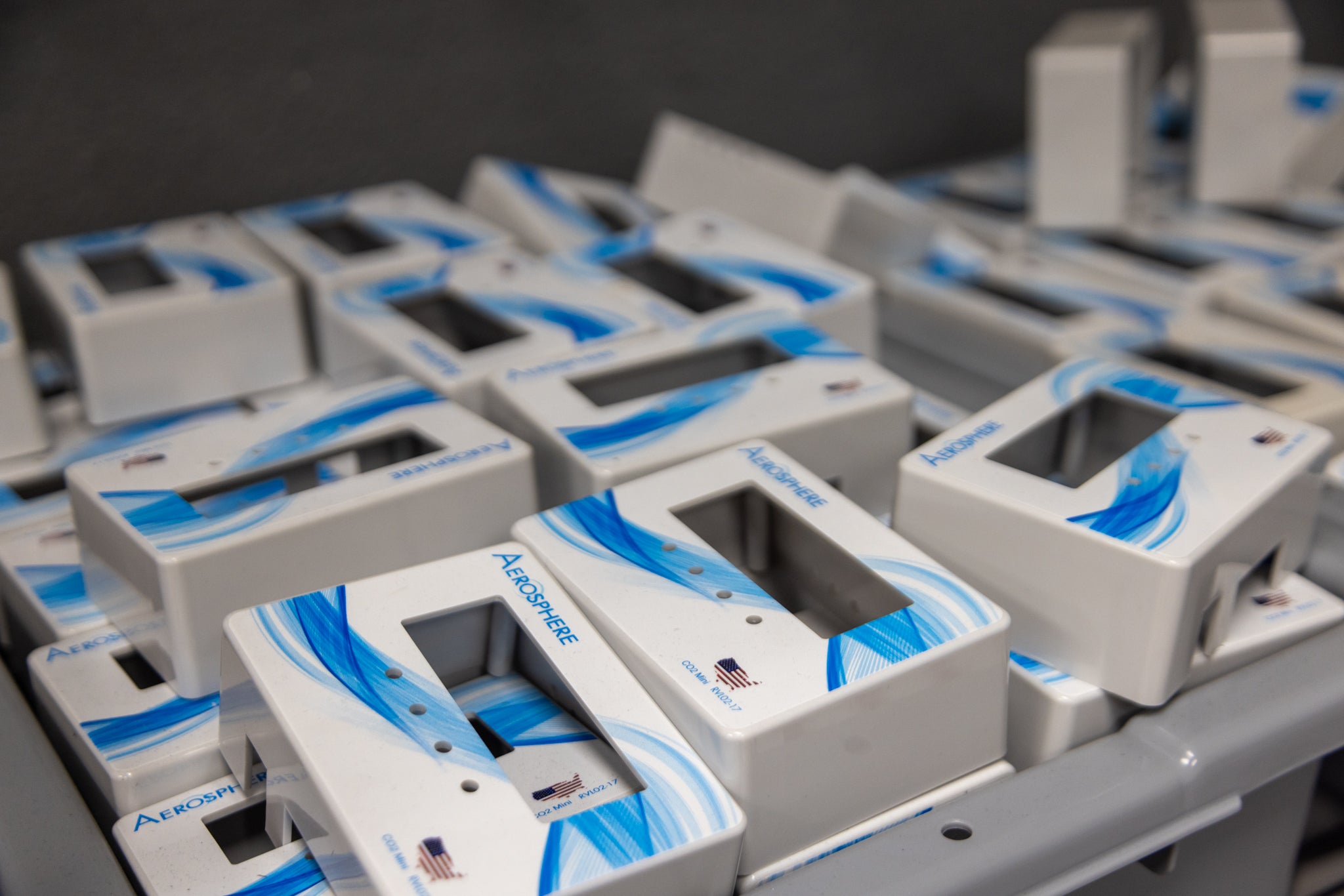What Gas Makes the Bubbles in Soda?
Discover how carbon dioxide creates the fizz, flavor, and sensation in sodas through carbonation and carbonic acid formation.
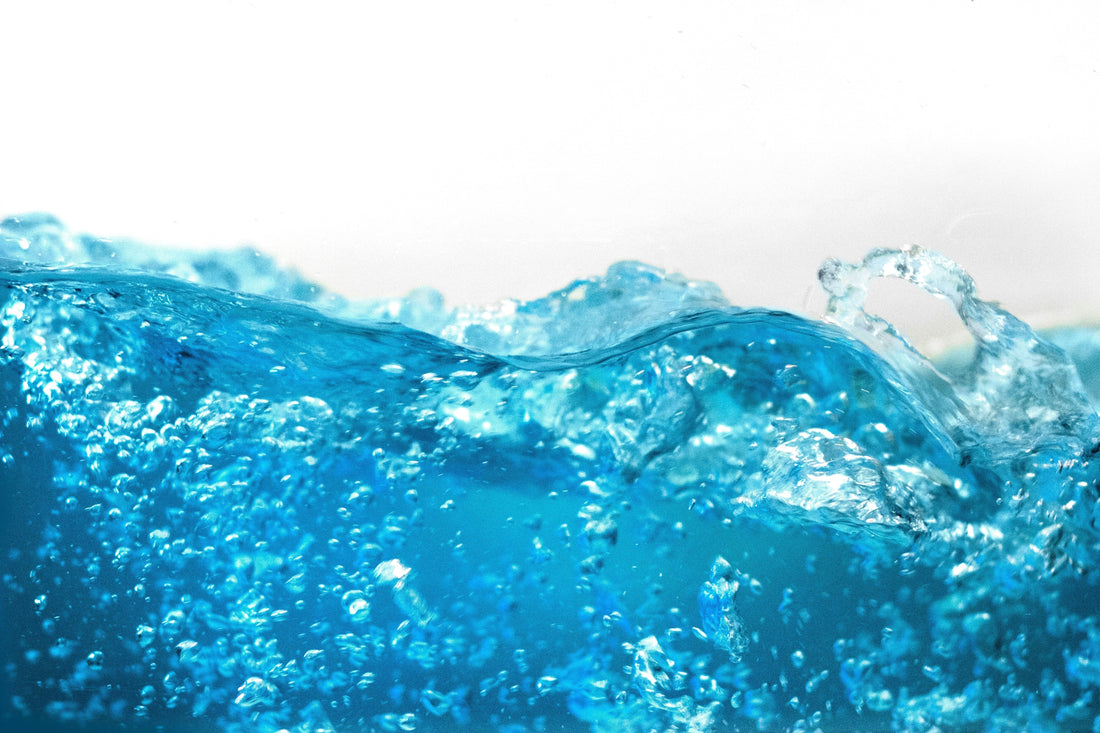
Carbonated beverages, commonly known as sodas or fizzy drinks, owe their effervescence and tangy taste to dissolved carbon dioxide (CO2). This article delves into the science behind carbonation, focusing on the formation of carbonic acid in soda, the role of CO2 in creating fizz, and its overall impact on the beverage's characteristics.
The characteristic bubbles in soda are composed of carbon dioxide gas. During manufacturing, CO2 is dissolved into the liquid under high pressure. When the container is opened, the pressure is released, allowing the gas to escape as bubbles, creating the familiar fizz. According to the American Chemical Society, CO2 molecules are thoroughly dissolved in the water of soda pop, and upon opening, the carbon dioxide escapes into the air, causing fizz.
Formation of Carbonic Acid in Soda
When carbon dioxide (CO2) dissolves in water, it forms carbonic acid (H2CO3), a weak acid that imparts a slightly tart flavor to carbonated beverages. This reaction is reversible; upon releasing the pressure, carbonic acid decomposes back into water and CO2 gas, enhancing effervescence. The presence of carbonic acid contributes to the slightly sour taste characteristic of carbonated drinks. According to the National Institutes of Health (NIH), the enzyme carbonic anhydrase 4 interacts with CO2 on the surface of sour-sensing cells in taste buds, prompting these cells to send signals to the brain, which perceives the sensation of carbonation.
Carbonation in Soda Pop
Carbonation involves dissolving CO2 into beverages under high pressure, establishing equilibrium between dissolved gas and the gas in the container's headspace. Opening the container disturbs this equilibrium, releasing CO2 rapidly in bubble form. This process and its outcome, the distinctive fizz, are described in detail by the American Chemical Society, emphasizing how releasing this gas eventually causes soda to go flat.
Role of Carbon Dioxide in Fizzy Drinks
Carbon dioxide plays a crucial role beyond creating bubbles; it also affects the taste and mouthfeel of fizzy drinks. The formation of carbonic acid upon CO2 dissolution provides a mild acidity that enhances flavor. Additionally, the bubbles create a tingling sensation, enriching the sensory experience. Live Science elaborates that the characteristic effervescence in soda results from high-pressure infusion of carbon dioxide, creating its iconic fizz.
 Understanding carbonation’s chemistry clarifies why sodas deliver both distinctive flavor and refreshing effervescence, providing a unique sensory experience derived from dissolved CO2, carbonic acid formation, and gas release.
Understanding carbonation’s chemistry clarifies why sodas deliver both distinctive flavor and refreshing effervescence, providing a unique sensory experience derived from dissolved CO2, carbonic acid formation, and gas release.

